When you glance at a supermarket receipt, meat prices in Dubai stand out as some of the steepest in the Middle East, and most shoppers wonder why. The answer isn’t a single mystery; it’s a web of taxes, import rules, logistics and local demand that all push the price tag upward. Below we break down each factor, compare Dubai to neighboring markets, and give you practical ways to keep your meat bill in check.
Quick Takeaways
- Dubai relies heavily on imported meat, which adds shipping and duty costs.
- VAT (5%) and a 5% customs duty are applied to most meat imports.
- High fuel prices and strict halal certification increase handling expenses.
- Local supply is limited because desert conditions hinder livestock farming.
- Buying in bulk, choosing local farms, or opting for cuts with lower demand can lower your spend.
Direct Answer
Meat is pricey in Dubai mainly because the city imports over 90% of its meat, each kilogram bears a 5% customs duty plus the standard 5% VAT, and the logistics of moving perishable goods across long distances drive up costs. Add to that the need for halal certification, high fuel prices, and limited domestic production, and the final price climbs faster than in many other regions.
Understanding the Cost Structure
To see where your money goes, think of the price as a stack of layers:
- Base commodity price - the global market price for beef, lamb, or chicken.
- Import duties - a flat 5% customs duty on most meat imports, per UAE Federal Customs Law.
- Value‑Added Tax (VAT) - introduced in 2018, 5% on the total after duties.
- Freight and insurance - sea freight from Australia, Brazil, or the US adds $0.50‑$1.00 per kilogram, plus insurance for temperature‑controlled containers.
- Halal certification - every batch must be inspected and stamped by a recognized authority, adding processing fees of roughly $0.10‑$0.20 per kilogram.
- Local handling - storage, refrigeration, and distribution within the emirate, especially during peak summer months, can increase costs by another 5%.
When you add these layers together, a kilogram of beef that costs $5 on the world market can easily become $9‑$11 on Dubai shelves.
Why Dubai Can’t Grow Its Own Meat Supply
The United Arab Emirates faces harsh desert climates, limited freshwater, and a scarcity of arable land. While the government has invested in high‑tech farms and hydroponic feed, large‑scale livestock operations remain economically unfeasible. As a result, the local contribution to meat supply hovers around 10%, mostly from small‑scale goat and camel farms that serve niche markets.
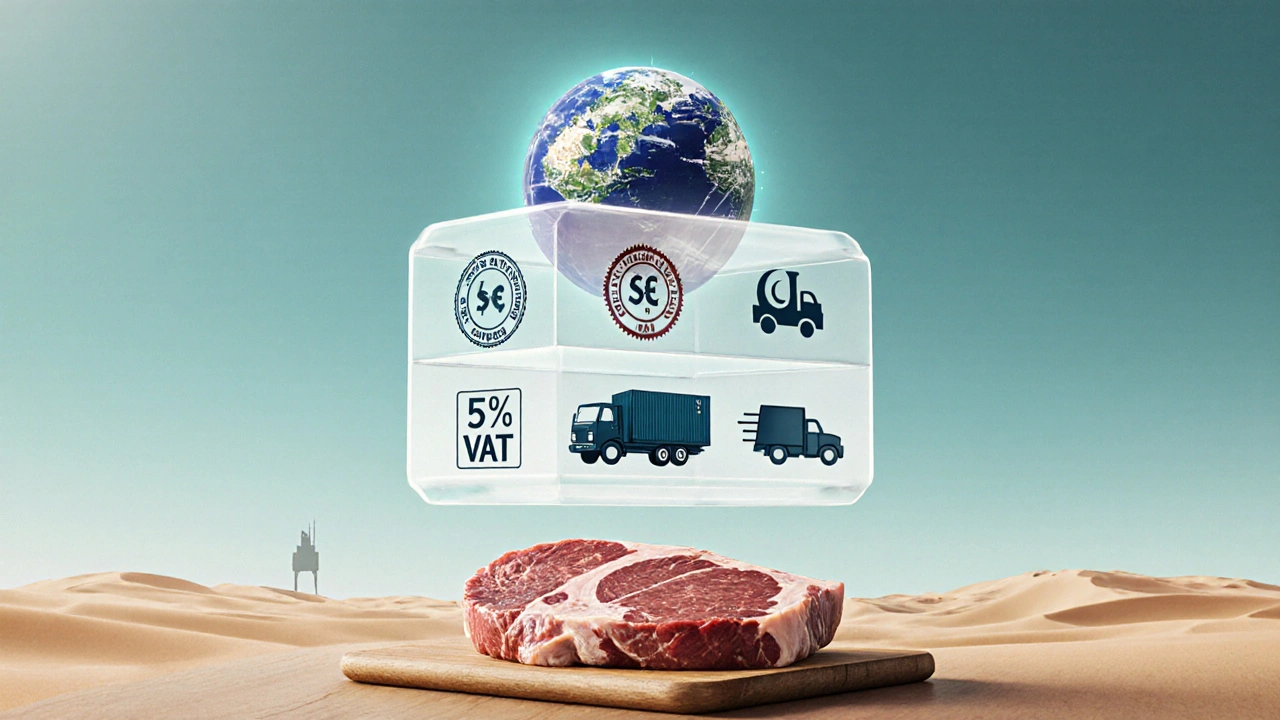
Impact of Fuel Prices and Logistics
Transportation in the Gulf heavily depends on diesel and LNG. When global fuel prices spike, the cost of moving refrigerated trucks from Jebel Ali Port to inland supermarkets rises proportionally. A 10% increase in fuel can add roughly $0.05‑$0.07 per kilogram, which is quickly reflected in the final retail price.
Comparing Dubai to Neighboring Markets
| Market | Beef | Lamb | Chicken |
|---|---|---|---|
| Dubai | 10.8 | 12.5 | 6.2 |
| Riyadh | 9.3 | 11.0 | 5.5 |
| Doha | 9.8 | 11.7 | 5.8 |
| London | 12.0 | 13.5 | 7.0 |
Dubai’s beef and lamb prices are a few dollars higher than in Riyadh or Doha, mainly because the UAE imports a larger share from farther continents (Australia, Brazil) whereas its Gulf neighbors get more regional shipments from Turkey and Iran, which are cheaper to transport.
Tips to Reduce Your Meat Spend
- Buy in bulk: Wholesale clubs like Carrefour and Lulu offer 5‑kg packs at 10‑15% lower unit prices.
- Choose cuts wisely: Neck, shank, and brisket are often 20‑30% cheaper than premium steaks.
- Shop at local farms: Emirates Livestock Farm and Al Aweer Camel Market sometimes sell fresh meat without the hefty import markup.
- Watch for promotions: Ramadan and Eid festivals bring special deals; plan meals around those periods.
- Consider alternatives: Plant‑based proteins or locally sourced poultry can stretch your budget without sacrificing flavor.
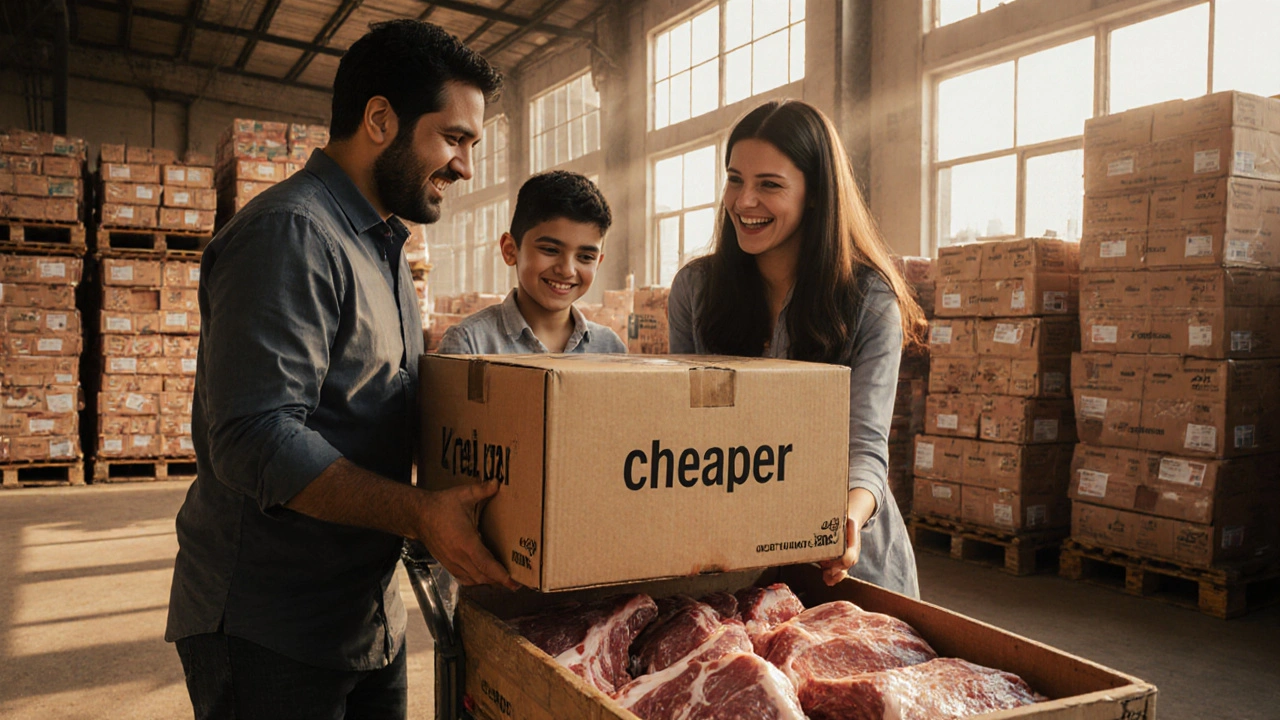
How Restaurants Manage High Meat Costs
Top‑tier Dubai restaurants often hide meat expenses behind elaborate dishes, using high‑margin sides like truffle oil or premium cheese. Mid‑range eateries might offer “price‑adjusted” menu items, where a dish swaps a pricey cut for a more affordable one without altering the name.
If you’re curious about the city’s best places for quality meat, look for menus that disclose the origin (e.g., “Australian Grass‑Fed Beef”) - this transparency usually means they’re sourcing responsibly and may justify a higher price.
Future Outlook: Will Meat Get Cheaper?
Several initiatives could soften prices in the next few years:
- Local aquaculture expansion: The UAE is investing in fish and shrimp farms, which may reduce reliance on imported seafood and free up freight capacity for meat.
- Vertical livestock farms: Experimental projects aim to grow meat in controlled environments, cutting transport costs.
- VAT adjustments: Any future tax reforms could directly affect the final price tag.
Until those projects become mainstream, the cost structure will stay largely the same.
Frequently Asked Questions
Why does Dubai import most of its meat?
The UAE’s desert climate lacks sufficient pasture and water for large‑scale livestock farming. Importing from countries with abundant grazing land is more economical, even after adding duties and transport costs.
What taxes are applied to meat imports?
A 5% customs duty is levied on most meat imports, followed by the standard 5% VAT on the total after duty, as mandated by UAE Federal Tax Authority.
Can I find locally produced meat in Dubai?
Yes, but it’s limited to small farms raising goats, camels, and a handful of cattle. These products are generally sold in specialty markets and can be cheaper because they avoid import duties.
How can I save money on meat without compromising quality?
Buy in bulk, choose tougher cuts that benefit from slow cooking, shop during sales, and consider locally sourced options where available. Planning meals around promotions can shave 10‑20% off your meat budget.
Will upcoming local farming projects lower meat prices?
Potentially. Projects like vertical livestock farms and larger integrated ranches aim to reduce reliance on imports. If they scale up, transport and duty costs could drop, making meat more affordable.
Bottom Line
Meat costs in Dubai are a mix of import dependence, taxes, fuel‑driven logistics and strict halal requirements. By understanding these layers, you can make smarter buying choices, spot good restaurant deals, and anticipate future market shifts.

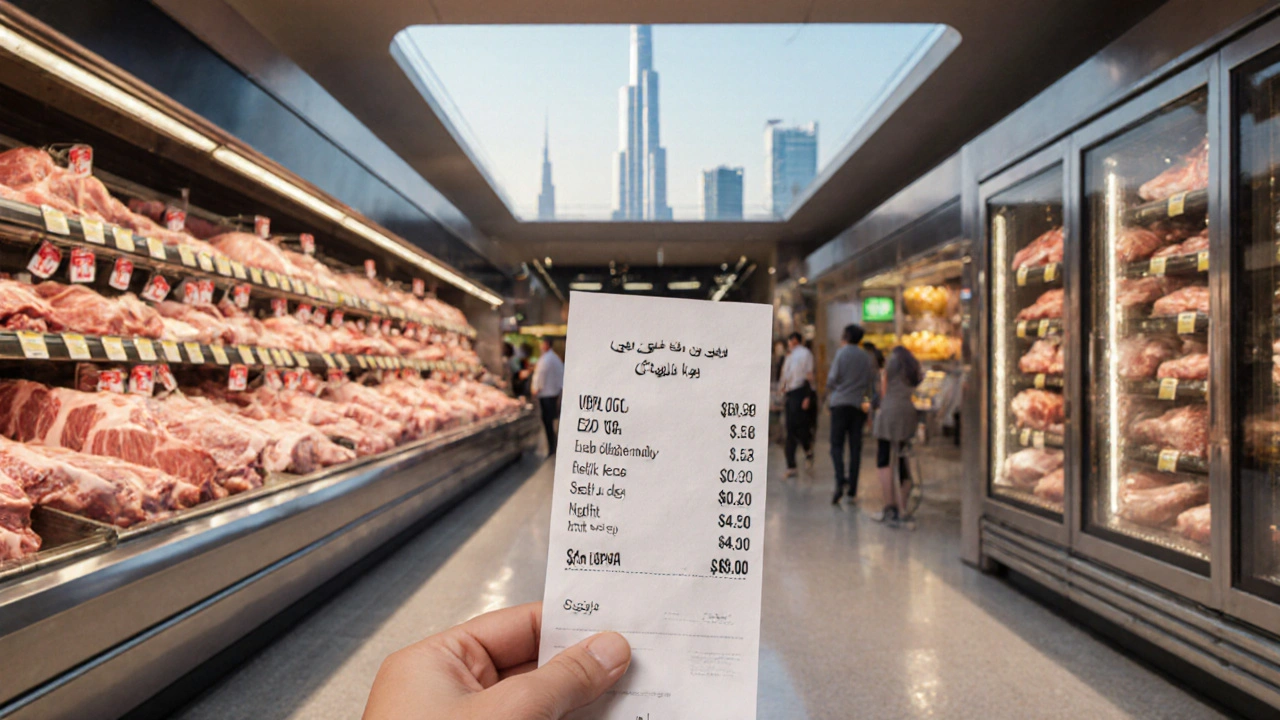

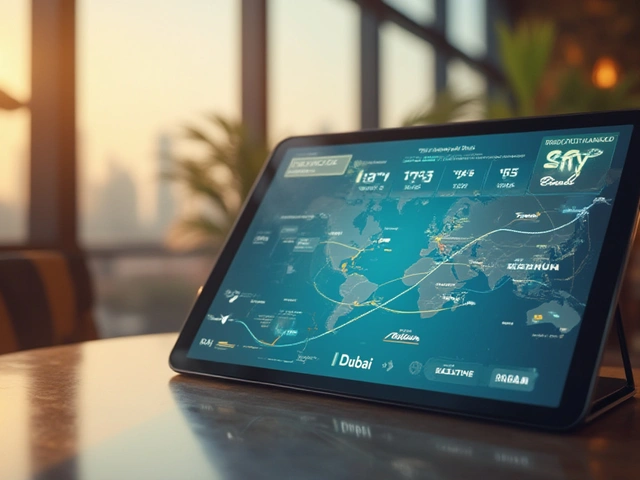

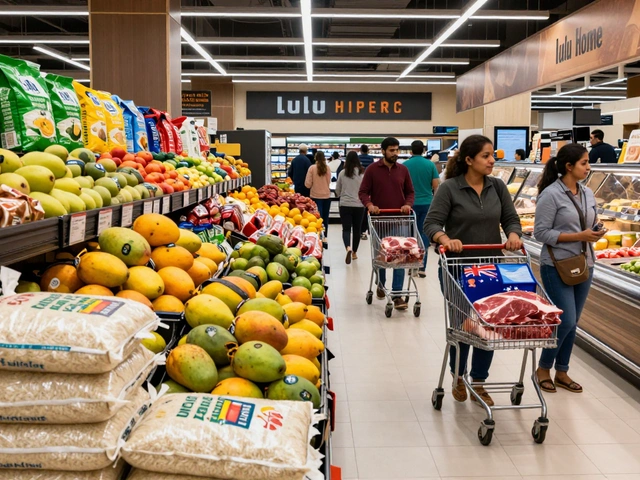


gangadhar balina
October 21, 2025 AT 16:35The hyperinflationary trajectory of meat commoditization in the Emirati mercantile ecosystem is a function of multilayered fiscal externalities and geopolitical logistics. One must first deconstruct the tariffial architecture, wherein a quintuple percent customs duty intersects with an identical value‑added tax, creating a compounded fiscal surcharge. This fiscal calculus is further exacerbated by the exigent exigencies of halal certification, a non‑negotiable compliance vector that imposes ancillary processing fees. Moreover, the thermodynamic constraints of refrigerated freight across intercontinental arteries amplify the cost base via energy price elasticity. The paucity of arable terra firma in the Arabian Peninsula precludes endogenous livestock proliferation, thereby inflating the dependency coefficient on extrinsic supply chains. Consequently, the import‑driven supply matrix induces a price elasticity of demand that is starkly inelastic, compelling retailers to transfer the cumulative cost burden onto consumers. The logistical matrix also incorporates insurance premiums for cold‑chain integrity, a variable that scales with distance and volatility indices. When aggregated, these fiscal and operational vectors construct a price vector that eclipses regional benchmarks by a statistically significant margin. In essence, each kilogram of beef is not merely a protein source but a composite of tariff, tax, logistics, and regulatory compliance, all of which coalesce to manifest the observed price premium in Dubai.
Michelle Yu
November 25, 2025 AT 08:55Dude, if you actually looked at the import ledger you'd see the numbers speak for themselves; it's not some mystical curse, just raw economics wrapped in a fancy spreadsheet. The VAT and customs duty alone carve out a hefty chunk before the meat even hits the shelf. Add the shipping premium for frozen containers and you're basically paying for a tiny iceberg. So before you blame the market, check the invoice.